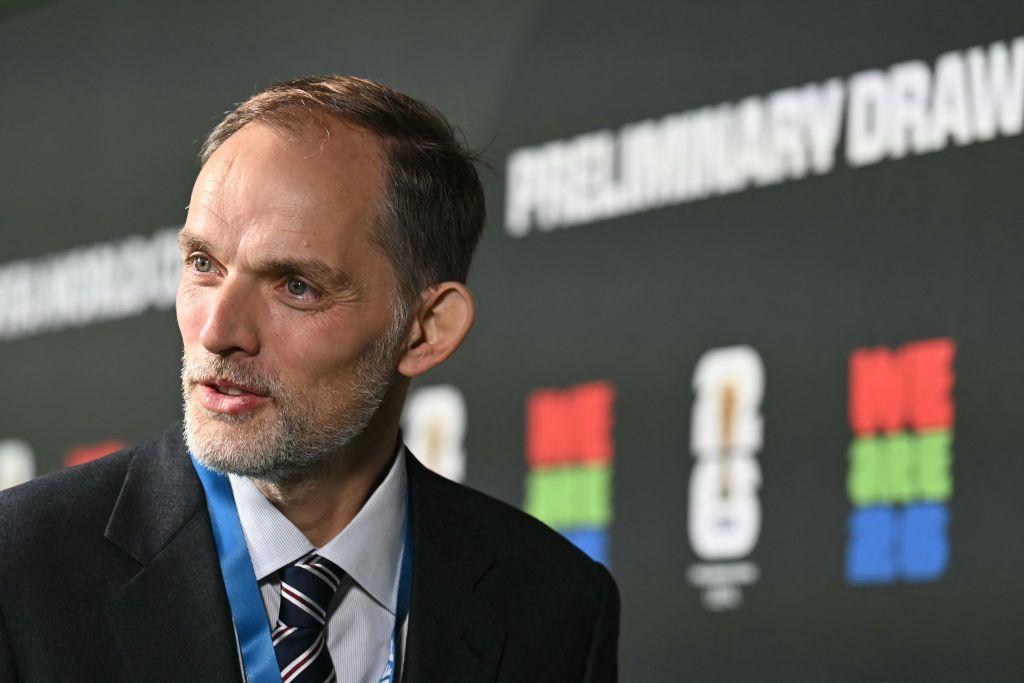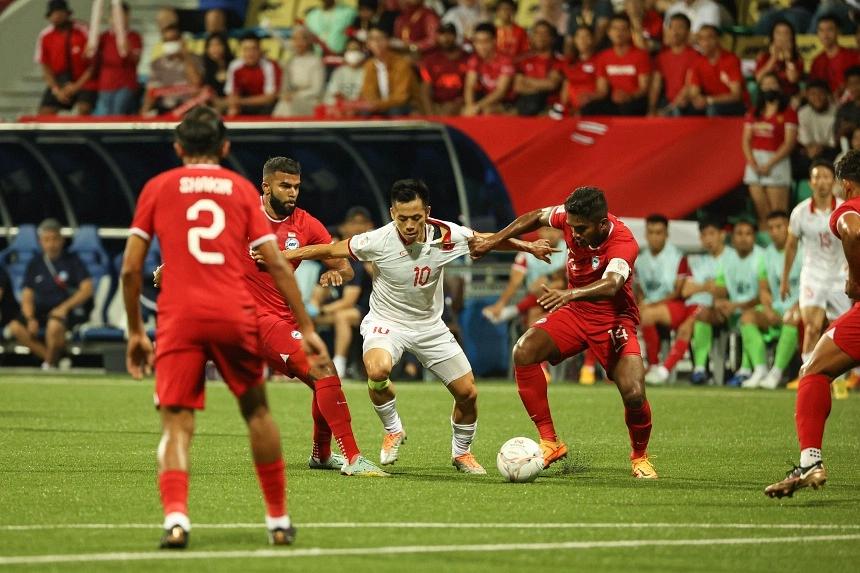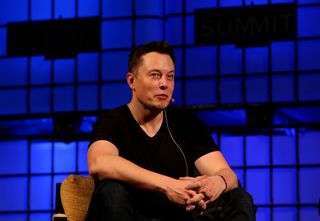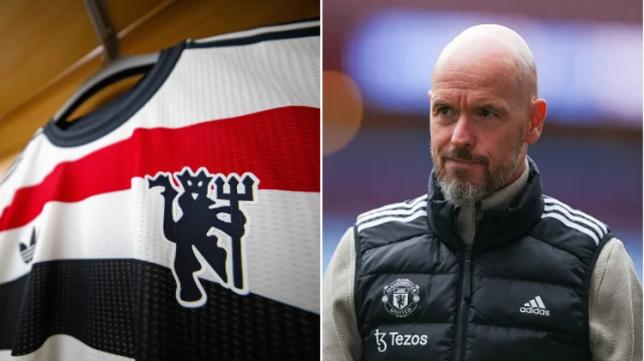How high is the salary of active players?
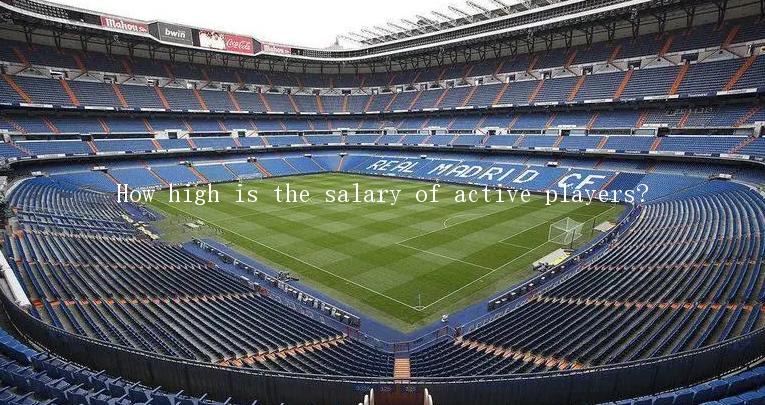
The wages and benefits of active players have always attracted much attention. With the vigorous development of the football industry, players 'wages have also shown a spurt growth trend.
The wages of big-name players are extremely alarming. Well-known teams around the world have signed top stars one after another and paid huge salaries for this. For example, Neymar, introduced by Paris Saint-Germain, earns an annual salary of up to 30 million euros, which is only his basic salary and does not include various bonuses and sponsorship contracts. Barcelona's superstar Messi earned $113 million in revenue in 2017 alone, becoming the top salary winner in the sports world. These numbers are beyond the reach of ordinary people.
The inequality in player wages is also very obvious. While high-paying players from wealthy clubs and well-known leagues are emerging one after another, the wages and benefits of some marginal players and lower-level leagues are vastly different. In the football industry chain, excellent players are more likely to get high-paying contracts, while other players face fierce competition and low wages. This gap further aggravates the existing polarization between rich and poor.
High player wages have also put financial pressure on the club. Especially in high-consumption leagues such as the Premier League and La Liga, clubs often have to spend huge sums to sign top players, which further increases the club's financial risks. Some small teams may fall into financial difficulties due to excessive wages, difficulty maintaining a balanced financial situation, or even lead to bankruptcy.
Rising player wages have also raised concerns about risks to the football industry. The surge in player wages has made the football industry too dependent on television broadcasts and commercial sponsorships, which may pose a threat to the sustainable development of the football industry. When there is a gap in TV broadcast fees or sponsor funds, clubs and players will face huge financial pressure, which is a severe test of the stability of the entire football industry chain.
The salary of active players far exceeds the imagination of ordinary people, especially first-line stars. However, soaring player wages not only pose financial risks, but also exacerbate inequality. While pursuing commercial interests, the football industry also needs to think about how to reasonably and sustainably allocate players 'wages to ensure the healthy development of football and global fairness.
RELATED STORIES



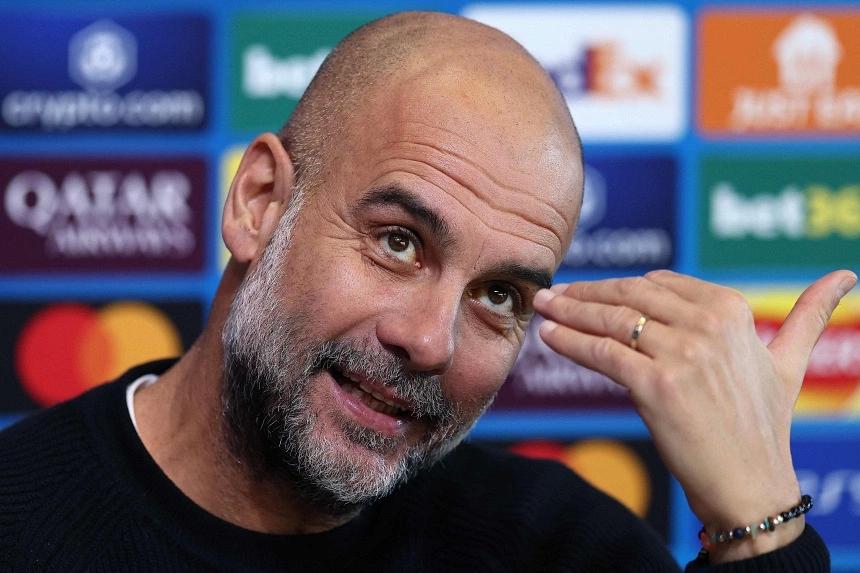

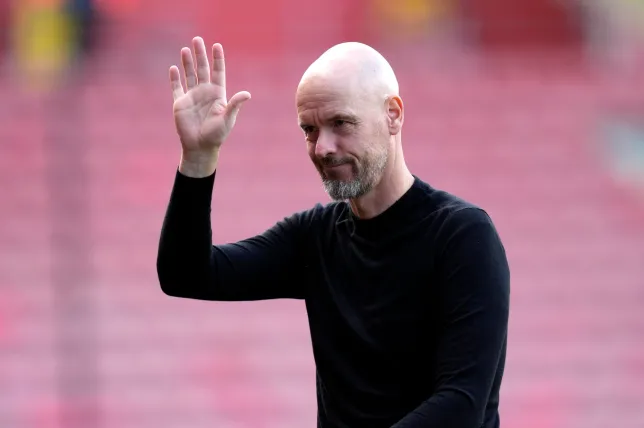
LATEST NEWS

